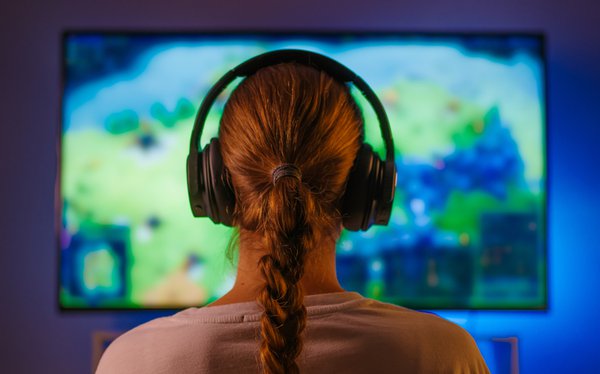
Personal viewing of TV and streaming shows means
many more alternative ways for consumers to engage with content -- program, brand, or otherwise.
This personalized process also include alternative listening -- or not -- which may not always
be helpful for paying sponsors and advertisers.
A new study commissioned by local broadcast TV advertising group the TVB says 38% of respondents now turn off the TV set speaker -- listening to
content via headphones, earpods, hearing aids or closed captioning. More troubling is that some just mute the sound altogether -- especially for commercials, one may presume.
How do each of
these alternatives break down? TVB did not disclose this data.
The bottom-line concern for the TVB is that viewers could be undercounted by measurement services that relied on audio signals.
That would be a big deal for local TV stations, which are under major competitive pressure from digital media -- connected TV, social media and other sources.
advertisement
advertisement
In particular, more personalized
TV/streaming viewing is a big attraction among young audiences 18-34 -- a major concern for already older-viewing skewing TV stations focused on the next generation of consumers.
At the same
time, one wonders whether personalized TV/streaming consumption -- with alternative audio tools -- offers brands and advertisers a deeper engagement with consumers via headphone, earpods, or other
devices.
Overall, TVB does have a point that more sophisticated measuring systems need to be developed. The list should perhaps also include those smart TV operating systems that measure consumer viewing
internally.
Automatic Content Recognition (ACR) does not track muting specifically, according to sources, but it can be modeled when combined with other data -- such as viewing duration and
engagement.
Some smart TV systems can also detect remote button usages -- which can also include the "mute" key. In the absence of any of this, consider that visual/video engagement still has
some value for brands.
And then, of course, we have the nagging, never-ending privacy issues to consider. One can disable ACR data from their smart TV setting, including declining to send
diagnostic data back to internal smart TV servers.